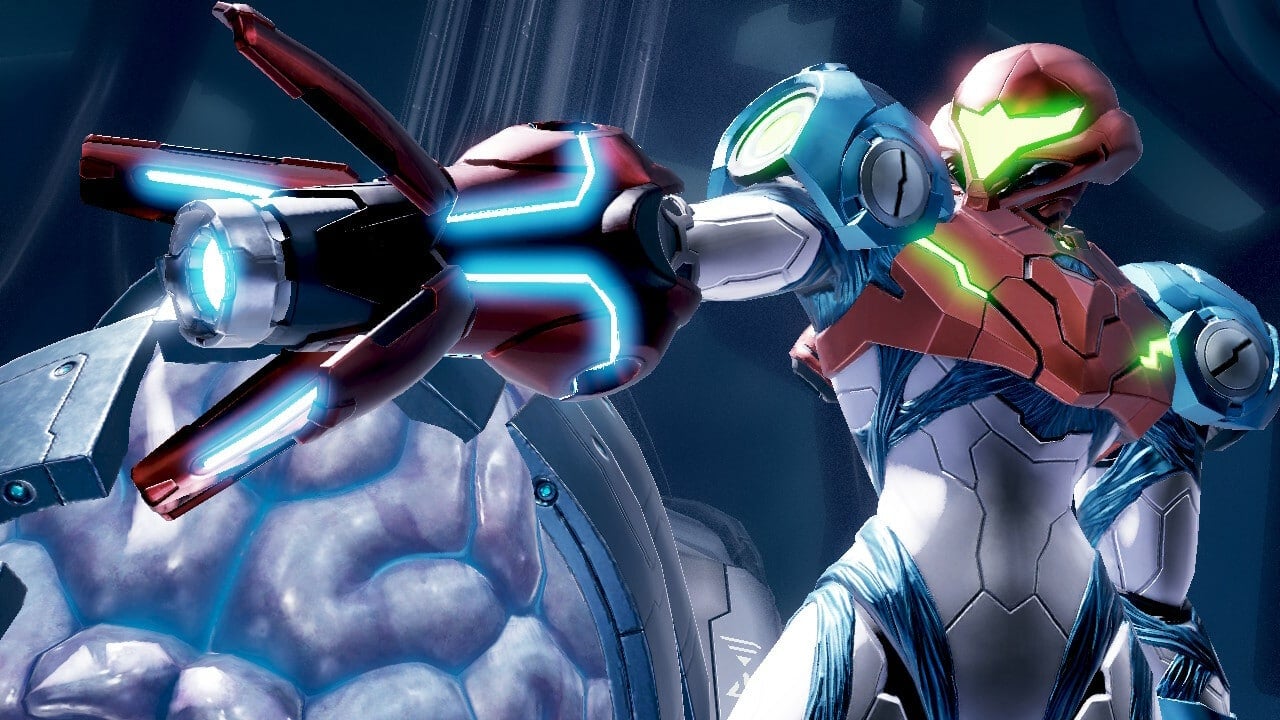
Digital Foundry gave a detailed look at the newly released Metroid Dread which launched recently for the Nintendo Switch and is developed by the talented MercurySteam.
Digital Foundry have come away impressed with Metroid Dread which is 900p when docked and 720p in handheld mode. Metroid Dread also fairly consistently runs at a silky 60fps, but the game’s cutscenes run at 30fps.

Digital Foundry highlights
Once into gameplay, the first thing you’ll notice is how much sharper it looks than the typical Switch release. In docked mode, the game delivers a resolution of 1600×900 – the game does not use anti-aliasing, but this works to its benefit.
Due to its side-scrolling design, you never see far enough into the distance to experience significant shimmering, so it winds up looking sharper. In portable mode, however, things are even better as the game runs at the native 720p of the internal screen.
We’ve seen a lot of so-called 2.5D games over the years – and the results aren’t always great – but the development team here absolutely nails it. It’s one of the best-looking side-scrolling 3D games I’ve seen to date and that’s entirely down to that mix of art and technology.
Metroid Dread hit its target [60fps] at nearly all times and it’s remarkably stable to the point where it feels as if the rendering is effortless. This is an impressively optimised engine considering the resolution targets and the hardware it’s running on. That said, in a couple of instances, I noticed occasional slowdown which may well be down to background streaming, but it’s worth noting.
Also, cutscenes drop down to 30fps. This entire performance profile is also true of portable mode, which essentially runs like docked mode, albeit at 720p resolution instead.
What else can we say, Metroid Dread is a must play for everyone who likes Metroid.













